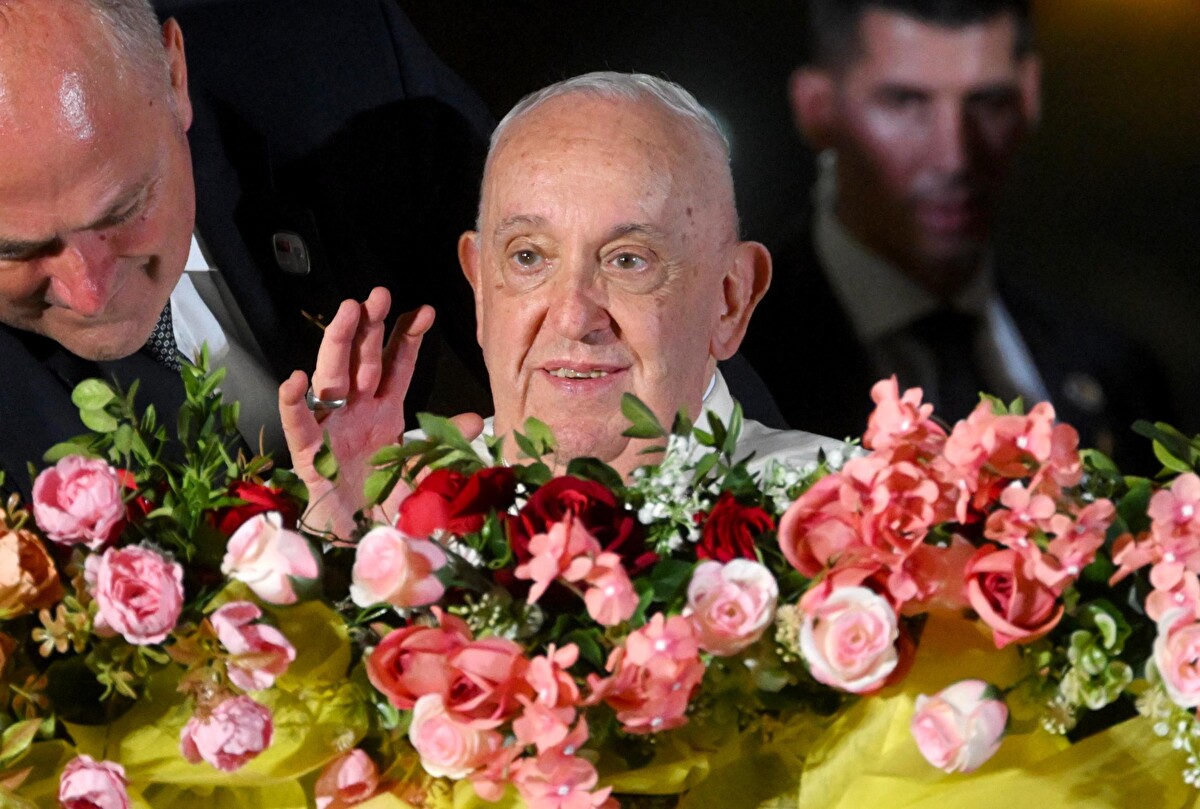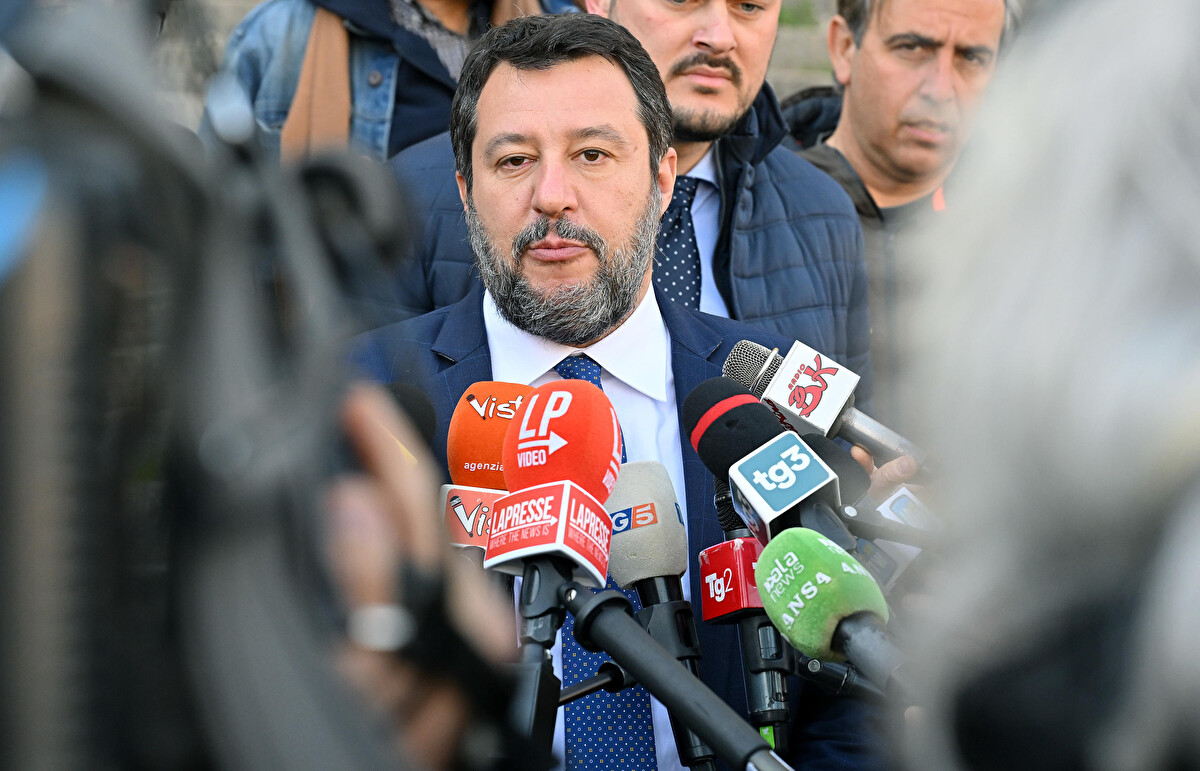Martin Turnbull was born in Melbourne, Australia, but in the mid-90s, he moved to Los Angeles. A lifelong love of travel, history, and sharing his knowledge with others led him first to work as

a private tour guide showing off the alluring vistas, mansions, boulevards and backlots of the Hollywood scene, and then to become an author. With stints in local historical guiding with the Los Angeles Conservancy as well as time on the Warner Bros. movie lot, Martin found that he had accumulated the kind of knowledge that would fly off the pages of his future works. As a longtime fan of Hollywood’s golden era and old films, Martin decided it was time to combine his passion and his knowledge and put it all on paper, breathing life back into this bygone world that has become a global myth.
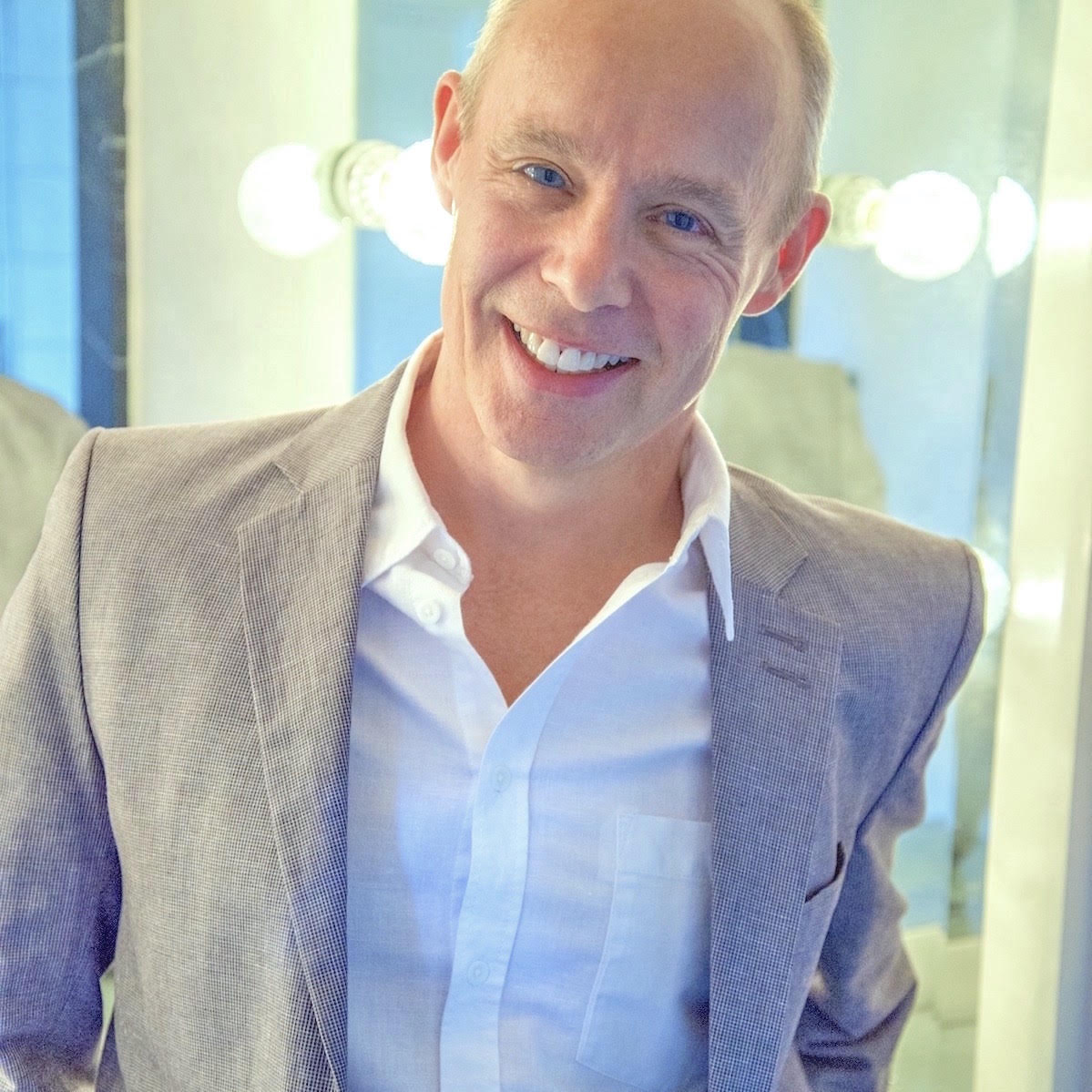
This passion took the form of the Garden of Allah books, a series of historical fiction novels set during the golden age of Hollywood: 1927 to 1959. Exploring the evolution of Hollywood’s most famous and glamorous era through the lives of its residents, these stories take place in and around the real-life Garden of Allah Hotel on iconic Sunset Boulevard. Having read all of Martin’s novels, I became curious to know more about him and how he came to write them. He graciously agreed to chat with us.
How did an Aussie like you catch the Hollywood fever?
“Honestly, I think I was born with it. Somewhere around the age of 12 or 13, I started to spend most of my school vacations watching the midday movie on television. It was always an old Hollywood movie, and introduced by someone who really knew his stuff. I was endlessly fascinated by the behind-the-scenes stories and gossip he would tell. I would also always read the opening credits, because I knew that each one of those names represented somebody who had worked very hard on not only the movie I was about to watch, but probably dozens of other movies too, because I began to notice the same names appear over and over.”
What led to the first of the Garden of Allah novels?
“I had finished the third novel of what I call my “practice novels” and realized that it wasn’t good enough to take forward to publication and I was on the lookout for an idea that made me think, “Oh, now that’s something I could do.” I was browsing the Internet and I came across an article about the Garden of Allah Hotel on Sunset Boulevard. The real-life residential hotel on Sunset Boulevard was owned by silent film star Alla Nazimova, hence the name. As I was reading about it and going through the names of famous Hollywood legends who had stayed there, I kept thinking “How do I not know about this place and how has nobody done anything with it? I need to know more about this place!”
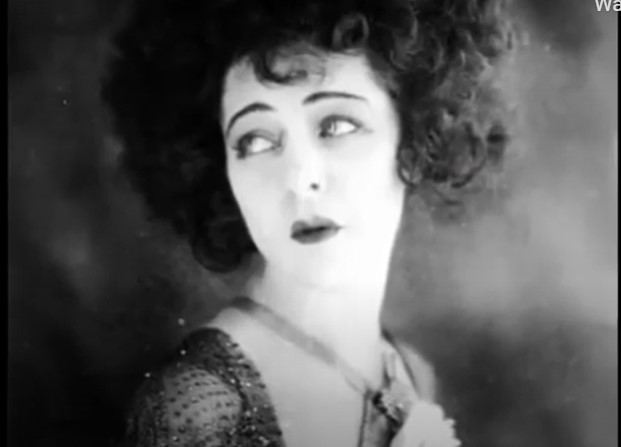
“This wasn’t the sort of hotel that’d you check into for a night and then move on. People stayed here for weeks or months. In 1936, F. Scott Fitzgerald was awarded a $1000-a-week, ten-week contract at M.G.M. He could have stayed somewhere closer to the studios than the corner of Sunset and Crescent Heights Boulevards, but half the East Coast intellectuals of the Algonquin Round Table had stayed there, or were staying there. Right from the get-go, the Garden of Allah attracted the creative types, many of whom had come to Hollywood to try their luck. They were clever and articulate, witty and social, bright and ambitious. These people didn’t return home each evening to sit quietly reading the Saturday Evening Post. Quite the opposite. There was always some sort of party going on at the Garden of Allah—celebrations, all-night poker games, illicit assignations. It was a wild place.”
Why did you choose Marcus, Gwendolyn and Kathryn as your protagonists?
“The 32 years of what we now look back on as “the golden years of Hollywood” is such a massive, sprawling story that I felt I couldn’t do it justice by telling it through the eyes of just one person. I knew instantly that I needed three protagonists: one would be a screenwriter who works behind the camera, another would be an aspiring actress who would be in front of the camera, and the third would be a gossip columnist who had access to everybody from the head of MGM to the shoeshine guy out front of the Biltmore Hotel. Oddly, these characters came to me whole. I knew their names, background, personalities, flaws, etc. It was all right there.”

The “Garden Novels” are a deceptively ambitious project because in writing about the history of Hollywood across the decades, you recount the history of America. What were some of the pivotal moments when Hollywood’s history intersected with the changing of America?
“During my research phase I came to see that there were roughly nine phases during Hollywood’s golden era. I take the view that the history of America is reflected in the motion pictures it makes and the movies were changed mainly by the ever-changing technology.
- Talkies – Hollywood finds its voice
- Technicolor – movies explode with color
- Gone with the Wind – the first blockbuster
- Citizen Kane – By challenging the richest man in America, Orson Welles, changes the power dynamic in Hollywood
- World War II – Hollywood becomes a propaganda machine (and I mean that in a good way)
- Post WWII – the Communist scare and blacklist
- The rise of television – wide-screen formats and stereophonic sound
- Independent movie producers – movie begin be made by packaging stars, scripts, and directors
- Movie production moves internationally – genuine foreign locations are what American audience want to see.”
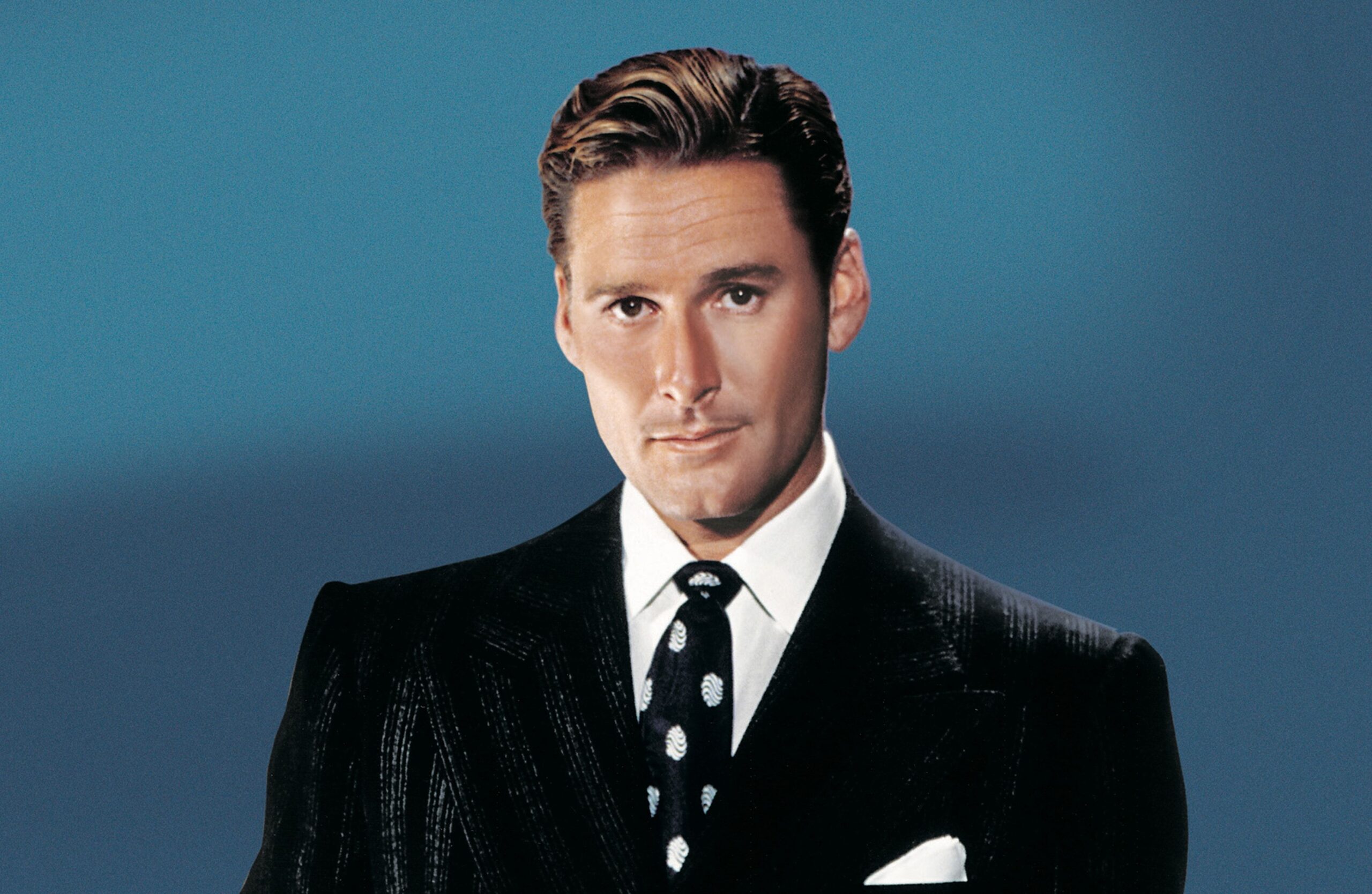
Who are some of the historical figures, aside from the plethora of film stars, that you incorporate into your narrative– and why those particular ones?
“The first one that comes to mind is J. Edgar Hoover, who headed up the FBI from 1924 to 1972. That man had a finger in every pie across America. He knew the propaganda power Hollywood had in its movies and how to use it to advance his own agenda. It would be hard to write a 32-year story and ignore his machinations.
Another one is Howard Hughes. His vast wealth allowed him to do whatever he wanted, and what he wanted was build aircraft and make movies.
The other three weren’t film stars, but they were as famous: the triptych of Hollywood gossip columnists: Louella Parsons, Hedda Hopper, and Sheilah Graham. Those three women held a lot of power and could sway public opinion toward or away as they saw fit. Even the most powerful titans of the industry couldn’t brush them aside.”
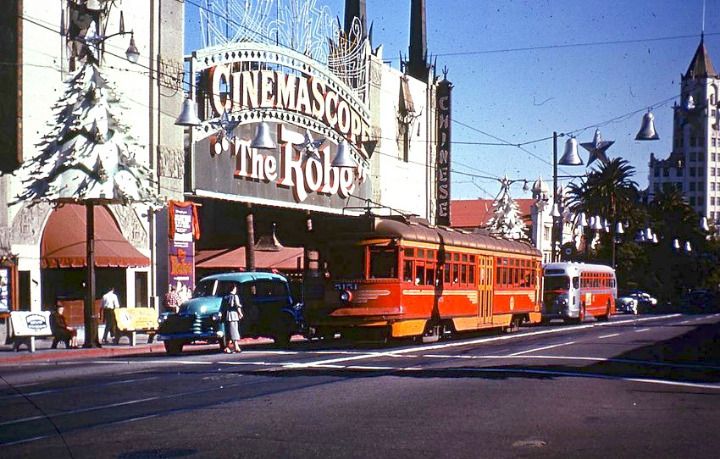
Hollywood will be forever associated with sex. How does the story of Kathryn, Gwendolyn and Marcus reflect changing sexual mores of America?
“Los Angeles was one of the few places a woman could go if she wanted to make a life for herself that didn’t necessarily include becoming a housewife. For the first half of the 20th century if you were a woman who wanted a career, your choices were largely limited to teacher, nurse or librarian. I’m more interested in writing about people who said, “Thanks but no thanks!” to all that, and carved their own way through the world, whether they are a working woman or a gay man or some other non-conformist. What attracted me to writing about the Garden of Allah is that this was especially true. Unlike most hotels of the era, there was no house detective, so people were free to be and behave however they wanted.”
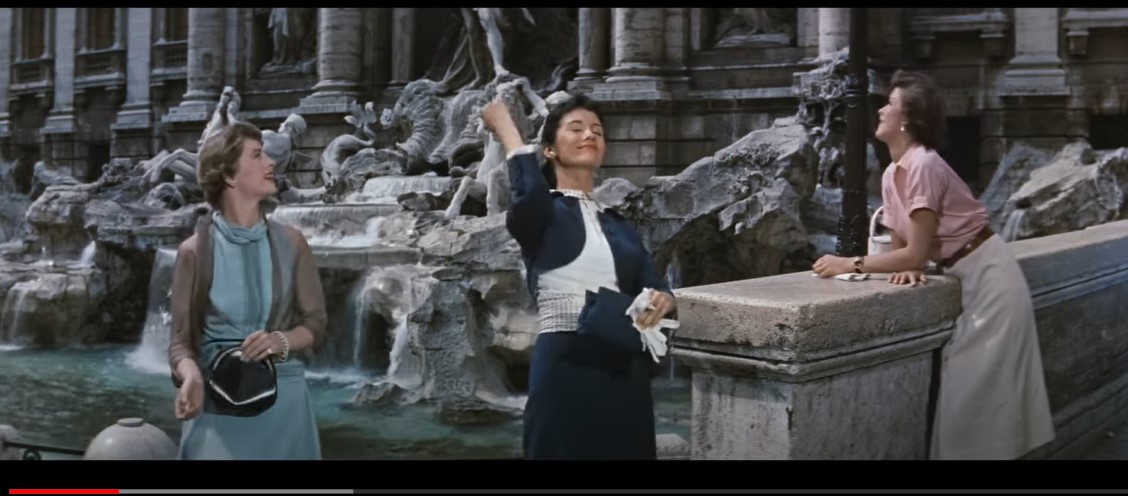
In Book 8 Marcus, the screenwriter, goes to Rome to work in the “sword and sandals” pictures. What made you want to build that bridge between Hollywood and Cinecittà?
“By the 1950s, television had started to encroach, so the movies had to get bigger, grander, wider. Plus, many people had been in Europe during the war and could tell the difference between a fake Trevi fountain and the real one. In addition to which, the studios had money tied up in Europe, which they were unable to move to the States. So, they had to go where the money was. We were also entering the jet age, so moviegoers’ tastes became broader and more sophisticated. And with Europe starting to recover from the war, Hollywood set its sights further afield than Southern California and on making extravaganzas like “Cleopatra”, to recapture the moviegoing public.”
How would you compare the golden age of Hollywood with that of Italian filmmaking?
“In Hollywood’s case, it got in on the ground level of motion pictures and were instrumental in developing the nascent industry. They were literally making up this new art form as they went along. Italy, on the other hand, had to suffer through years of devastating war, and then recover from it, so that by the time the Italian filmmakers got to the 1950s, their cinematic voice was a lot more real, almost guerilla-style filmmaking, often shot on the streets of Rome, Naples, and Milan. There is a grittiness to many Italian movies of the 1950s and 60s that lends them a raw realness that allowed the filmmakers of that era to find their individual and collective Italian voices.”
You were a tour guide in Hollywood for many years, what were some of your most memorable experiences in that time?
“Growing up 8,000 miles from Hollywood (in Melbourne, Australia) whenever I showed people around Los Angeles, I still marveled how I landed in this place I admired from afar for so long. The fact that I could show people where Lucille Ball lived, where Judy Garland worked, where Rita Hayworth danced the night away, and the house where Lana Turner’s gangster boyfriend got stabbed still amazes me. When I was a tour guide at Warner Bros., it was fairly common to see famous faces—everyone from Arnold Schwarzenegger to Drew Carey. Probably the most exciting moment was seeing the full cast of “Friends” having lunch together outdoors. This was at the time when “Friends” was the biggest TV show in the world. My 10-seat golf cart was filled with people who just about lost their minds—and so did I, but of course it would have been unprofessional of me to show it!”
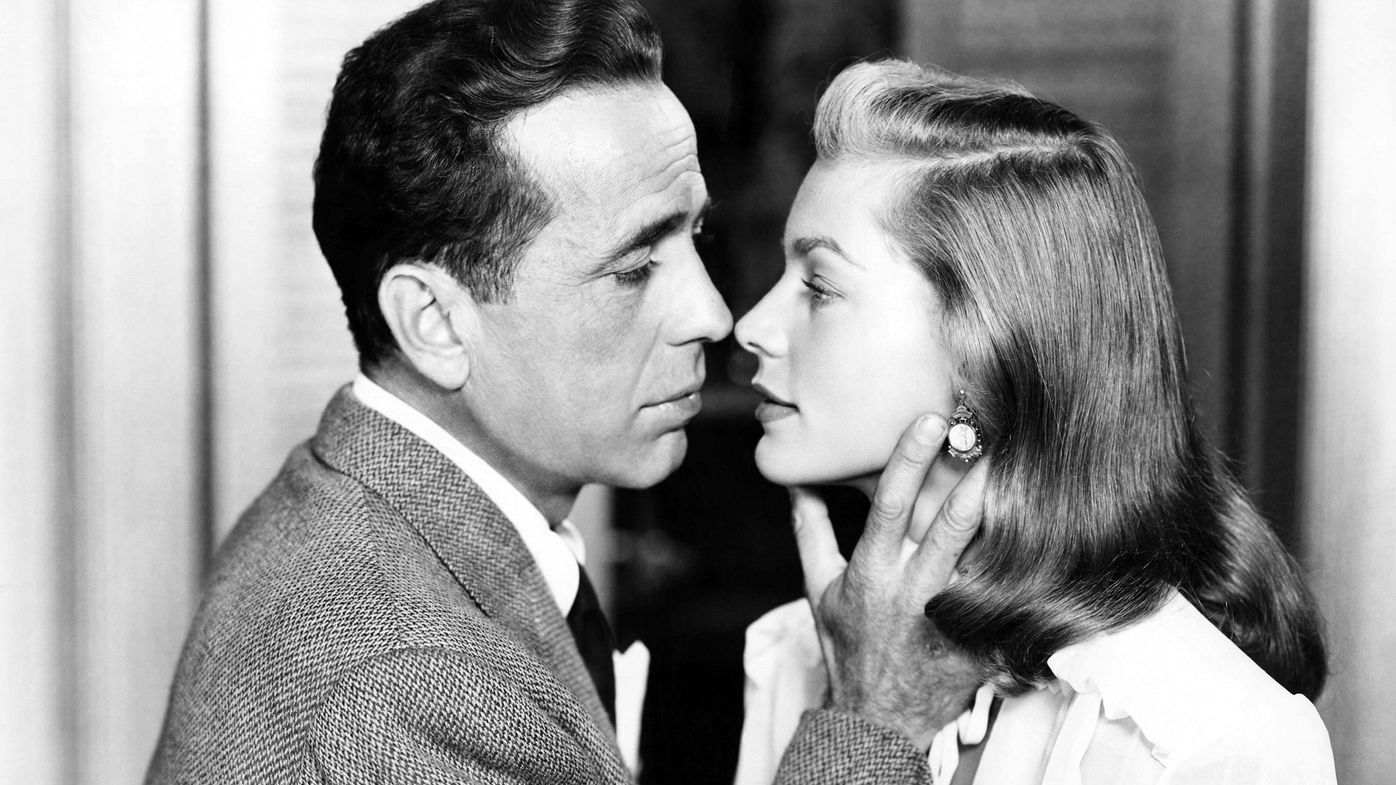
Have you met any of the “Hollywood Golden Age Greats”?
“Alas, no. They were all gone, or almost gone by the time I moved here in the 1990s.”
Why do you think people are so fascinated with Hollywood?
“We’re constantly told in social media and self-help books to go out there and live our best lives. Hollywood movies back in the golden era showed an idealized version of life. They were nearly always about rich people having rich-people problems while they glided around sumptuous homes, in couture clothing, and driving gorgeous cars to expensive nightclubs. 99% of people have no idea what that’s like, but aspire to it. It’s the idea of “All my problems would be solved if only I was that rich or that pretty or that thin or that… whatever.” So, I think it’s an aspirational thing combined with what seems to be a fairly basic human need: to have someone to look up to, whether it’s a royal family, a mentor, or a movie star.”
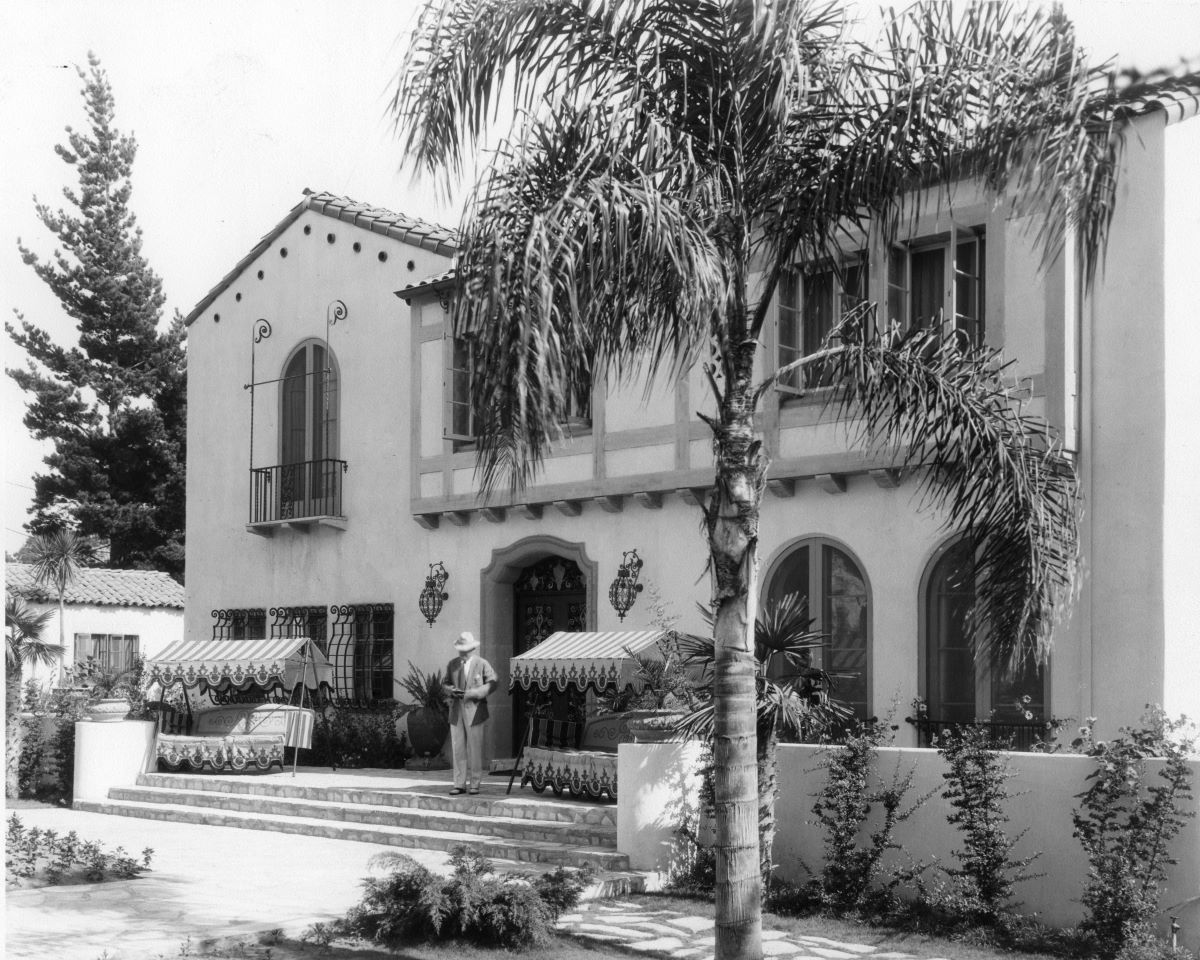
You also have a blog where you post pictures of old Hollywood in its heyday. Where do you find so many these glorious photos?
“Each day for the past ten years, I’ve posted a vintage photo of Los Angeles. For a while I wondered if I would run out of photos to post . . . until I realized that L.A. is one of the most photographed cities in the world. I find them all over—social media, university digital collections, Pinterest, Tumblr. And now I have people sending me photos. Sometimes they’re from their private albums, like the woman whose father was the son of the couple who were caretakers of the mansion used in the movie “Sunset Boulevard.”
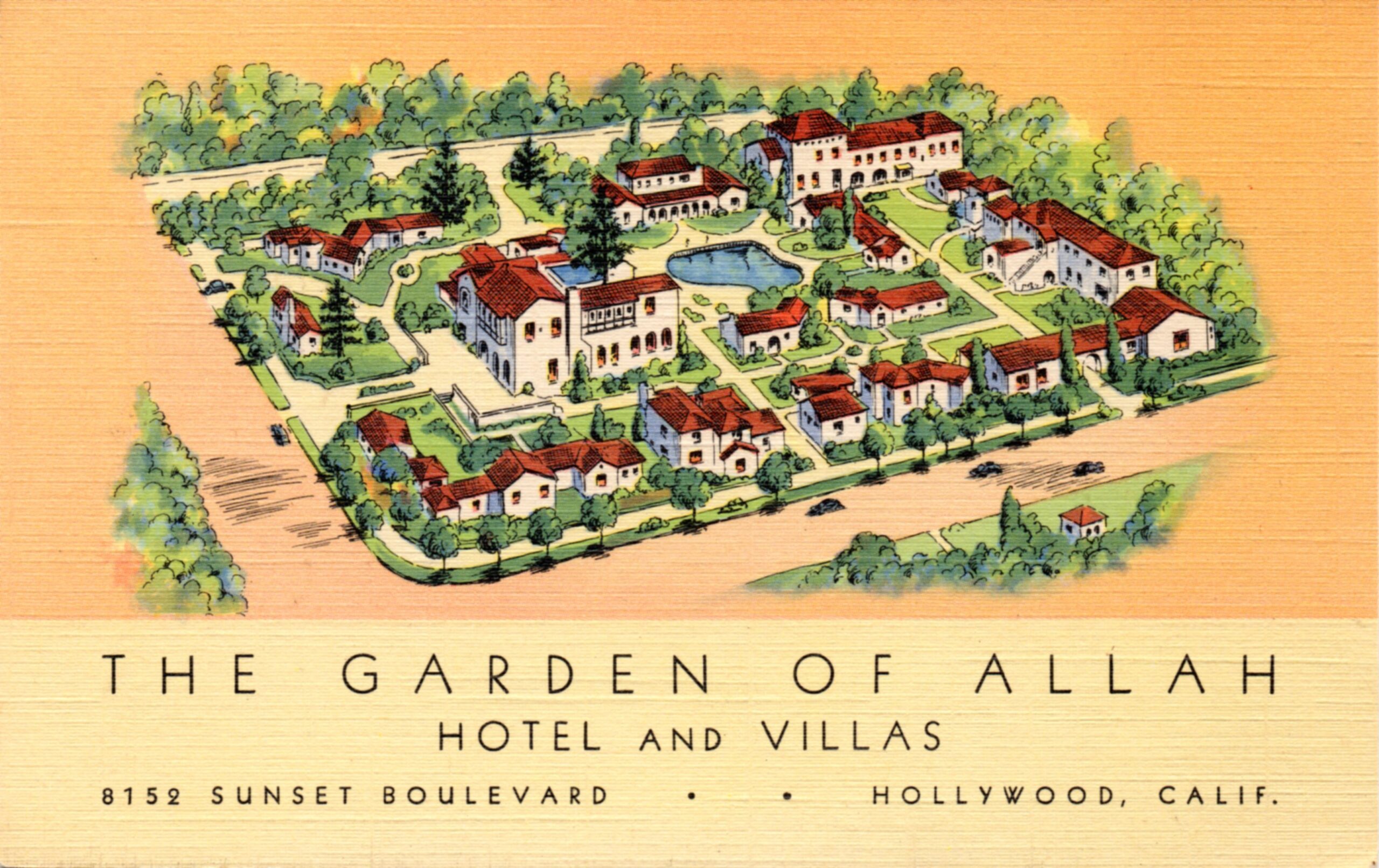
What are your plans for the future? Are there any more “Garden Novels” in the works?
“The nine Garden of Allah novels cover the years that the hotel was open, from 1927 to 1959. To my mind, the story ended when the hotel ended. After that I had to let my characters get on with their lives. However, the series may get a second life on the TV screens as they’ve been optioned by a producer who is hoping to use the novels as the basis for a TV show.
After I finished the Garden of Allah series, I wrote a novel about Alla Nazimova. Then one about MGM genius, Irving Thalberg. Right now, I’m working on a trilogy of novels set largely in and around Warner Bros. during WWII. And after I’ve finished that, I have an idea that started out as a stand-alone novel but appears to be morphing into another trilogy, so we’ll see where that goes.”



